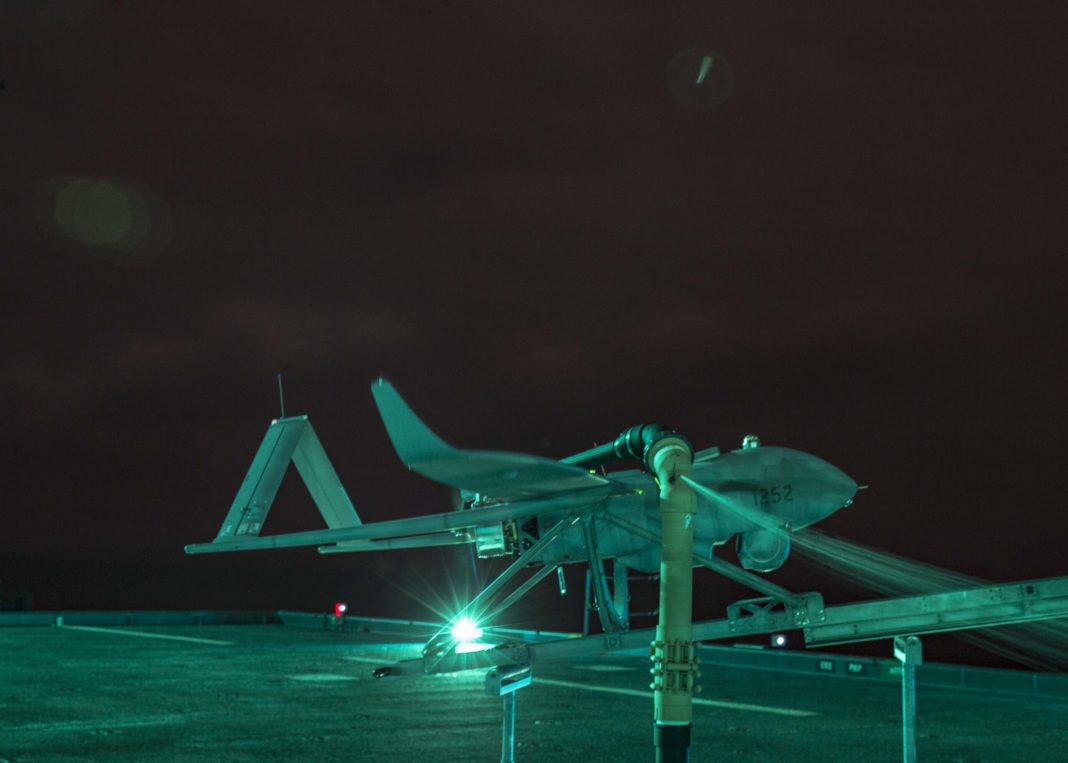The US Navy has secured a significant $64 million in contracts with Textron Systems to enhance its drone-based intelligence, surveillance, and reconnaissance (ISR) capabilities for vessels operating within the 5th and 6th fleets. These contracts, structured as contractor-owned, contractor-operated (COCO) agreements, will facilitate the deployment of Textron’s Aerosonde small expeditionary unmanned aerial system (UAS), complete with advanced mission payloads and expert personnel aimed at supporting various maritime ISR operations on board Navy ships.
Out of the total funding, $47 million is earmarked specifically for three littoral combat ships (LCS) in the 5th fleet, which conducts operations in critical regions including the Red Sea, Arabian Sea, Persian Gulf, and parts of the Indian Ocean. The remaining funds will support a vessel within the 6th fleet, which operates in the Mediterranean Sea.
David Phillips, Senior Vice President of Textron Air, Land, and Sea Systems, highlighted the advantages of the COCO model, emphasizing how it enhances operational efficiency and reliability for the Navy. “The continued use of ISR support demonstrates the benefit of the COCO model and the services our Aerosonde UAS provides to the sailor,” he stated. He further explained that the flexibility inherent in a COCO mission allows the Navy to extend its operational capabilities, as Textron manages the entire lifecycle of the system.
This latest contract significantly broadens Textron’s ISR support for the US Navy, extending coverage to a total of 11 ships. These include not only LCS-type units but also Expeditionary Sea Base vessels and Arleigh Burke-class destroyers. Textron has been providing similar COCO services with its Aerosonde UAS for over a decade, illustrating the model’s effectiveness and adaptability in serving naval operations.
The Aerosonde UAS comes in four configurations, tailored to meet specific mission profiles and endurance requirements. Depending on the variant, the drone boasts a wingspan of 14 feet (4 meters) and can carry payloads of up to 50 pounds (23 kilograms). It is capable of reaching altitudes of 18,200 feet (5,547 meters) with a range of approximately 75 nautical miles (86 miles or 139 kilometers). The drone has a maximum speed of 65 knots (75 miles or 120 kilometers per hour) and can operate for around 20 hours on a single mission.
With the introduction of these advanced unmanned systems aboard Navy vessels, the collaboration between Textron Systems and the US Navy is set to enhance maritime situational awareness and operational readiness in geographically strategic areas.





